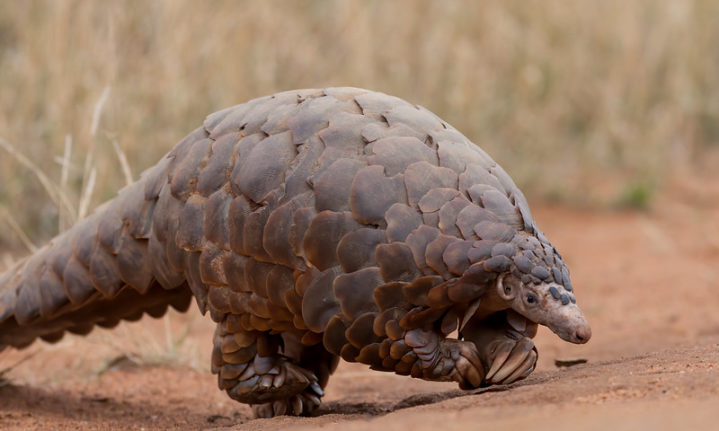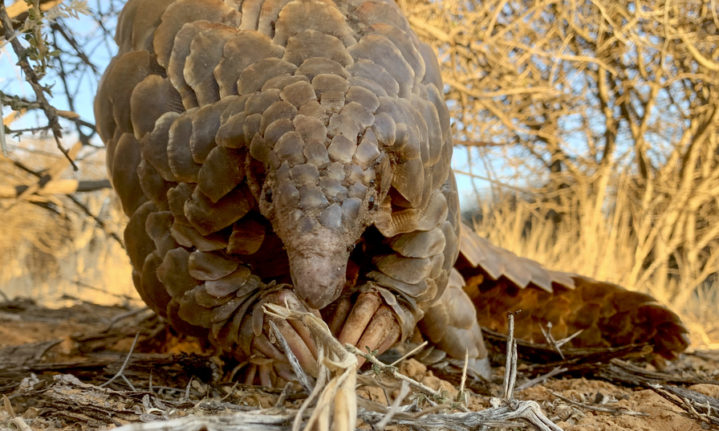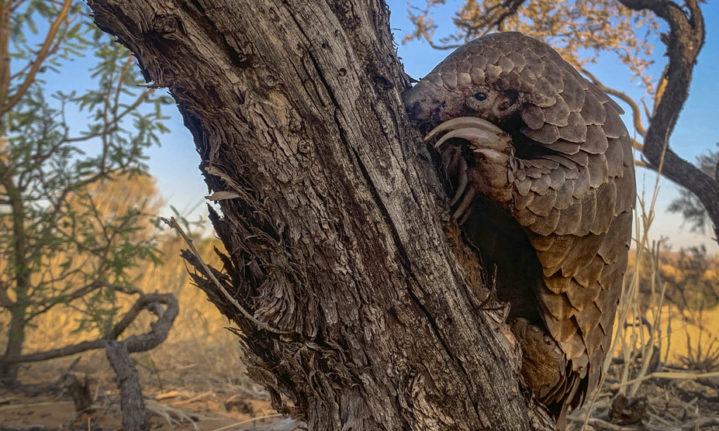One of the biggest threats pangolins face in Southern Africa is accidental electrocution via electrified fences. Poaching aside, as many as 1000 pangolins have been killed via these fences in South Africa alone according to Pangolin.Africa, a non-profit organisation that dedicates itself to the conservation of the highly trafficked African pangolin.
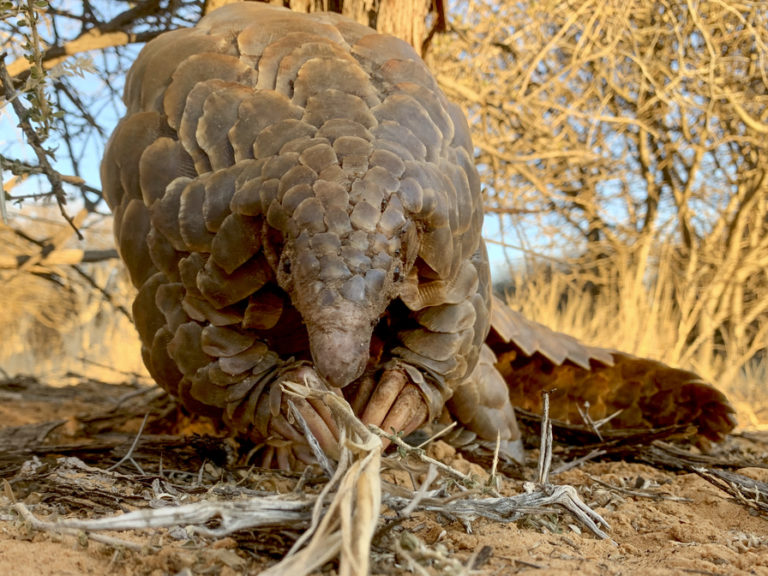
Now, Pangolin.Africa has teamed up with numerous organisations to develop, test, and implement a new system that aims to reduce – if not entirely eradicate – electrified fence related mortalities in pangolins, while retaining the primary function of these fences. The pilot phase involves fitting existing fences with a new energiser design.
An energiser is a part of an electrified fence that converts mains or battery power into pulses. These pulses generate a shock through the insulated fence line approximately every second, and it is this shock that deters animals from putting pressure on it.
Electrified fences are present on game reserves, private game farms, nature reserves, and commercial livestock farms across southern Africa, as they are the chosen method for security and to control livestock and wildlife movement.
When a pangolin knocks its head or unprotected underbelly against an electrified fence, this part of its body will absorb the initial shock. Unfortunately, the pangolin’s natural defence mechanism is to curl into a ball, resulting in the pangolin wrapping itself around the electric wire. Each consecutive shock causes the pangolin to curl tighter, ultimately resulting in their death.
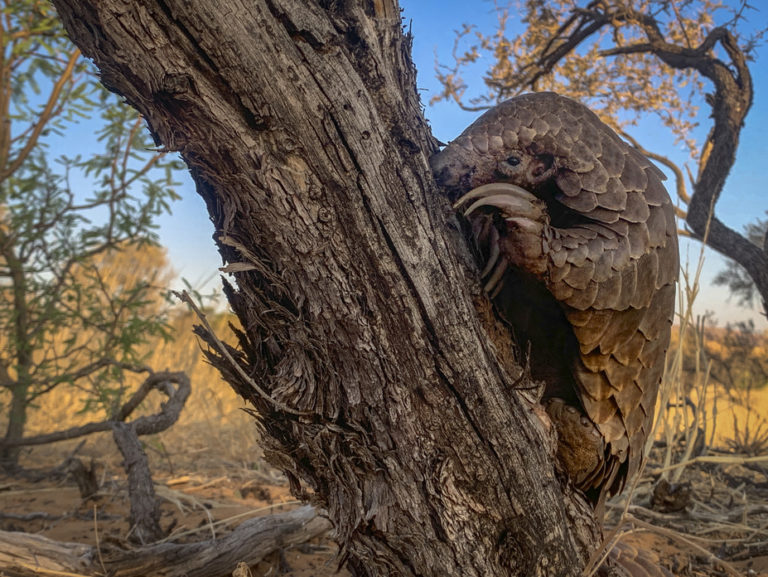
The aim of the pangolin-friendly fences is to create an intelligent, modernised energiser with a system equipped with software that will be able to sense when an animal is stuck, and allow them to get off without harm and without compromising the function of the electrified fence in general.
The second phase will include basic modifications to the fence. This project is already underway at selected field trials, including the Timbavati Private Nature Reserve in Limpopo, and the Glen Lyon Kalahari Nature Reserve, as well as several livestock farms. Representative of various habitats, it is the ideal location for these tests. Installation has taken place at most locations, and are currently being monitored.
Pictures: Helena Atkinson
ALSO READ









